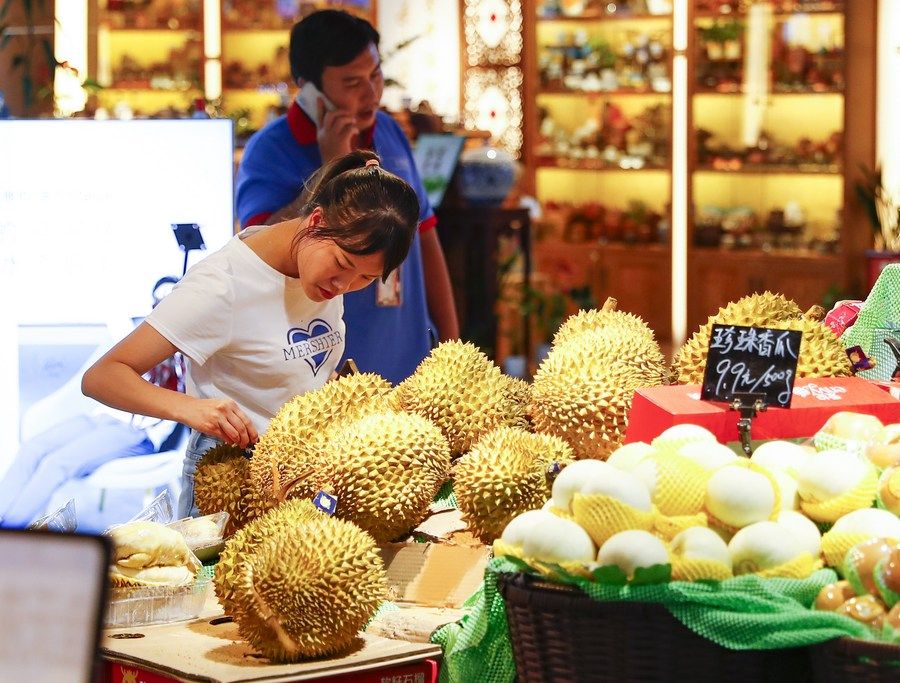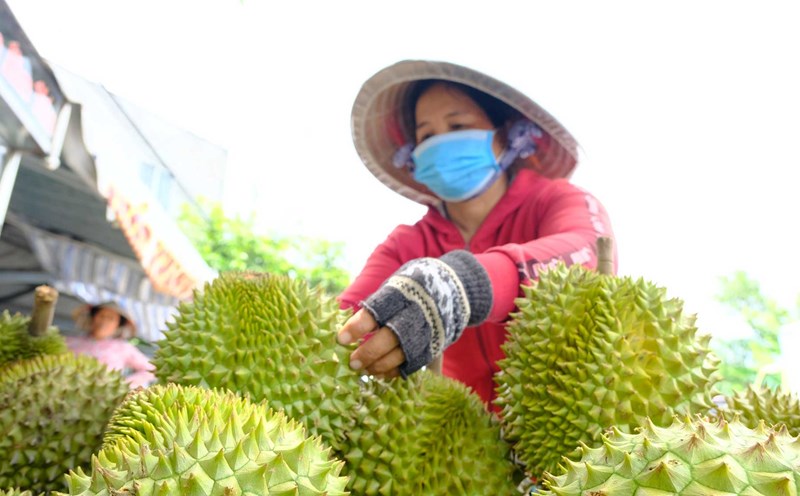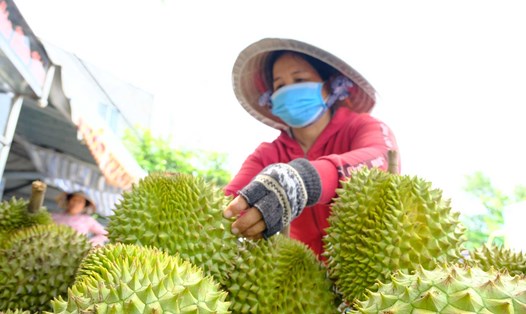SCMP reported that with the first batch cleared at the end of April, Cambodia's durian is aiming to divide the "piece" of the durian market worth nearly 7 billion USD, currently held largely by Thailand, Vietnam and Malaysia.
China, the world's largest durian consumer market, is familiar with "big guys" such as Monthong (Thailand) or Musang King (Malaysia). Ah Khak durian in Cambodia is a strange name, but is attracting the curiosity of Chinese consumers thanks to the quality of Malaysia durian and the elaborate farming process.
According to expert Lim Chin Khee of the Durian Academy - a Malaysian organization that trains local durian growers, Cambodia, although not yet has a strong brand, is receiving great support from Chinese investment and technical transfers.
Currently, Thailand accounts for 57% of China's total durian imports, followed by Vietnam with 38%. Cambodia has just stepped in, while Indonesia is also preparing to export, while Laos has begun to explore the market.

The participation of many Southeast Asian countries shows that the race in the durian market is getting fiercer, especially when each delicious durian fruit of about 6kg in China can be sold for up to 200 yuan (nearly 28 USD).
China's opening of the Cambodian durian market is not simply a trade affair. According to analysts, this is also a strategic destination for Beijing to strengthen relations with ASEAN - China's number 1 trading partner.
Shipments of agricultural products such as durian are a way to help narrow the trade deficit with Cambodia, said Professor Carl Thayer (University of New South Wales, Australia).











